Sewing patterns
All devotees of home sewing should know these two names: Madame Demorest and Ebenezer Butterick. Madame Demorest, wife of a successful New York merchant, was the first pattern maven. In the 1850s, she began selling tissue-paper patterns for home sewers via mail order advertisements in fashion periodicals such as the Ladies Gazette and Godey's Lady's Book. Initially, these patterns were ungraded, meaning that the seamstress had to enlarge or reduce the pattern to fit her figure. Garment elements such as sleeves, bodices and skirts were sold individually so that the sewer could create her own dress. In 1860, Madame Demorest began to sell her patterns through her own publication, called The Mirror of Fashion. Patterns were also sold via "Madame Demorest's Magasins des Modes" shops, of which there were 300 national and international locations by the middle of the 1870s. By the late 1880s, Madame Demorest and her husband had sold their pattern empire and turned their interests to philanthropy. Though Madame Demorest may have been the first to sell tissue-paper patterns, Ebenezer Butterick was the first to sell graded patterns. According to Butterick's corporate history, Butterick created graded patterns in response to a comment his wife made when sewing a garment for their son. These first patterns were packaged by members of Butterick's family. Butterick also saw the wisdom of having a house publication and in 1873 created the Delineator, a publication that featured patterns along with articles, fashion news and other items of interest to women. In 1903, Butterick moved to a new headquarters in New York City, which had interiors designed by Tiffany. In 1961, Butterick licensed the name and trademark Vogue Patterns from Conde Nast. This allowed the company to add an element of high-style to their pattern empire, while still producing patterns for the mass market under the name Butterick. In 2001, Butterick and McCall's patterns merged. No mention of the origins of the paper pattern would be complete without a discussion of the sewing machine. In the 1840s and 1850s, several inventors created versions of the sewing machine. Of these early pioneers, it is the name Isaac Singer that is most remembered today. Singer not only perfected a commercially viable sewing machine, but he also engaged in a nation-wide sales campaign which promoted his machine as an affordable home appliance. Sewing machines were soon a necessary item in every home, considered both a time and money saver. Click here for a timeline of the Singer Company. Our posts this week will focus on different versions of the handmade object. In the meantime, enjoy this group of patterns from the FIDM Museum collection!
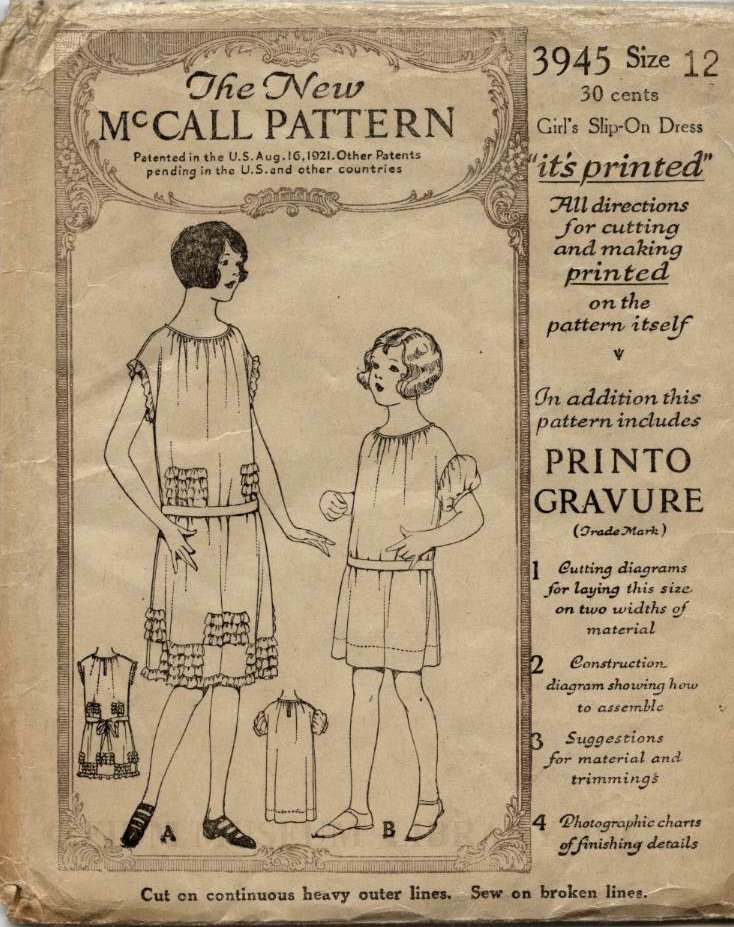 Girl's dress pattern c.1925 2006.868.20 Gift of the Muriel Pollia Foundation
Girl's dress pattern c.1925 2006.868.20 Gift of the Muriel Pollia Foundation
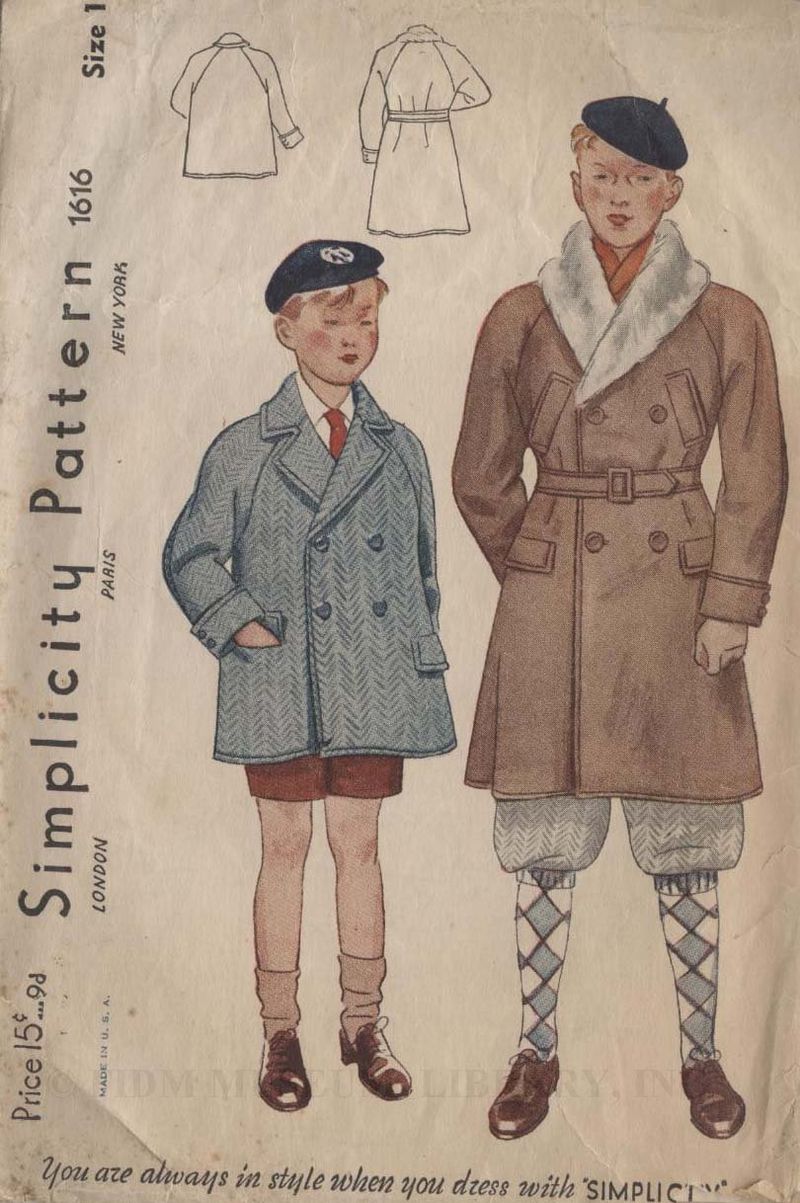 Boy's coat pattern c.1935-40 2007.897.34 Gift of Steven Porterfield
Boy's coat pattern c.1935-40 2007.897.34 Gift of Steven Porterfield
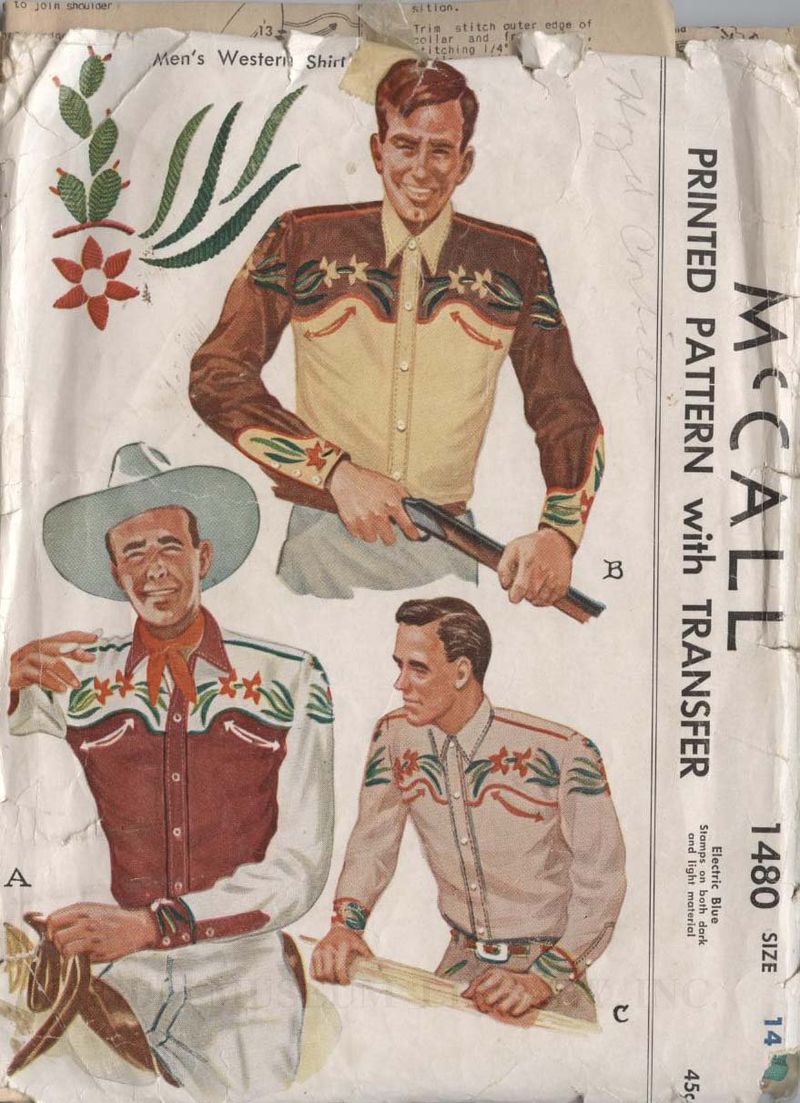 Man's Western-style shirt pattern 1949 2007.897.31 Gift of Steven Porterfield
Man's Western-style shirt pattern 1949 2007.897.31 Gift of Steven Porterfield
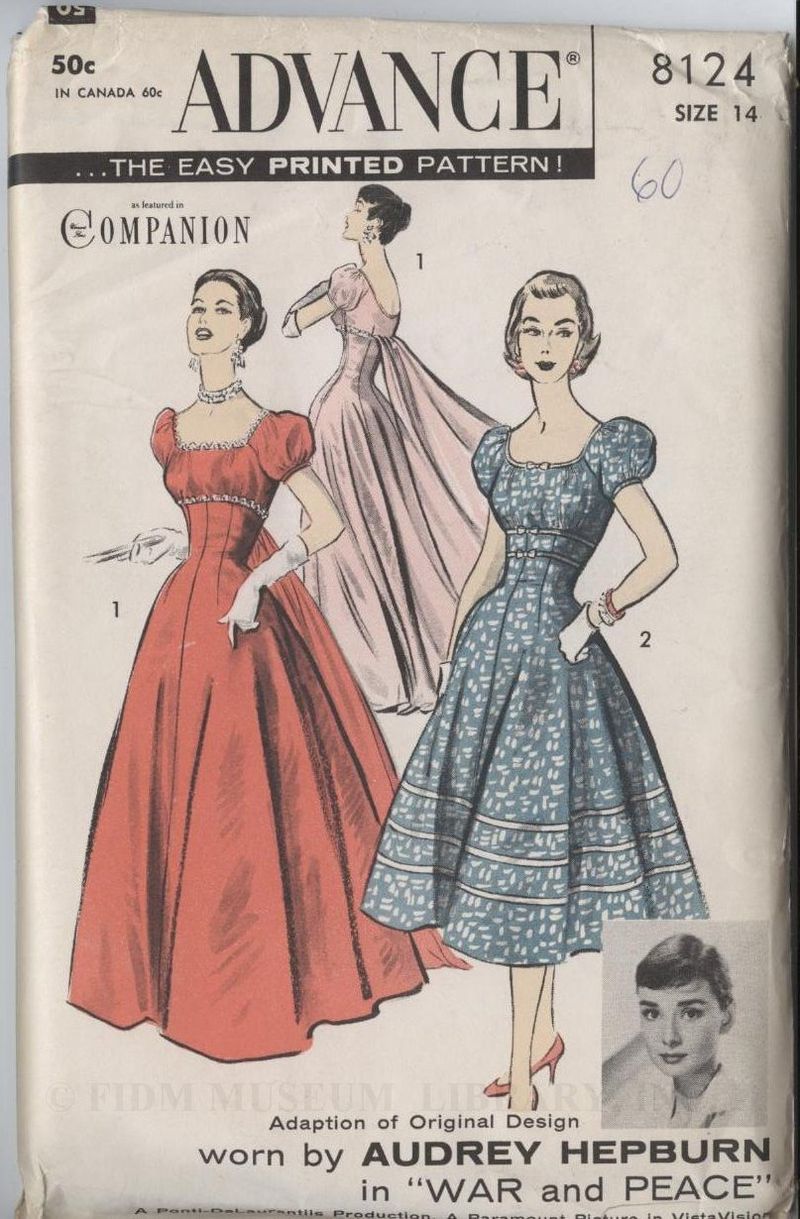 Woman's day or evening dress pattern 1956 2008.937.2 Gift of Judith A. Gilbert
Woman's day or evening dress pattern 1956 2008.937.2 Gift of Judith A. Gilbert
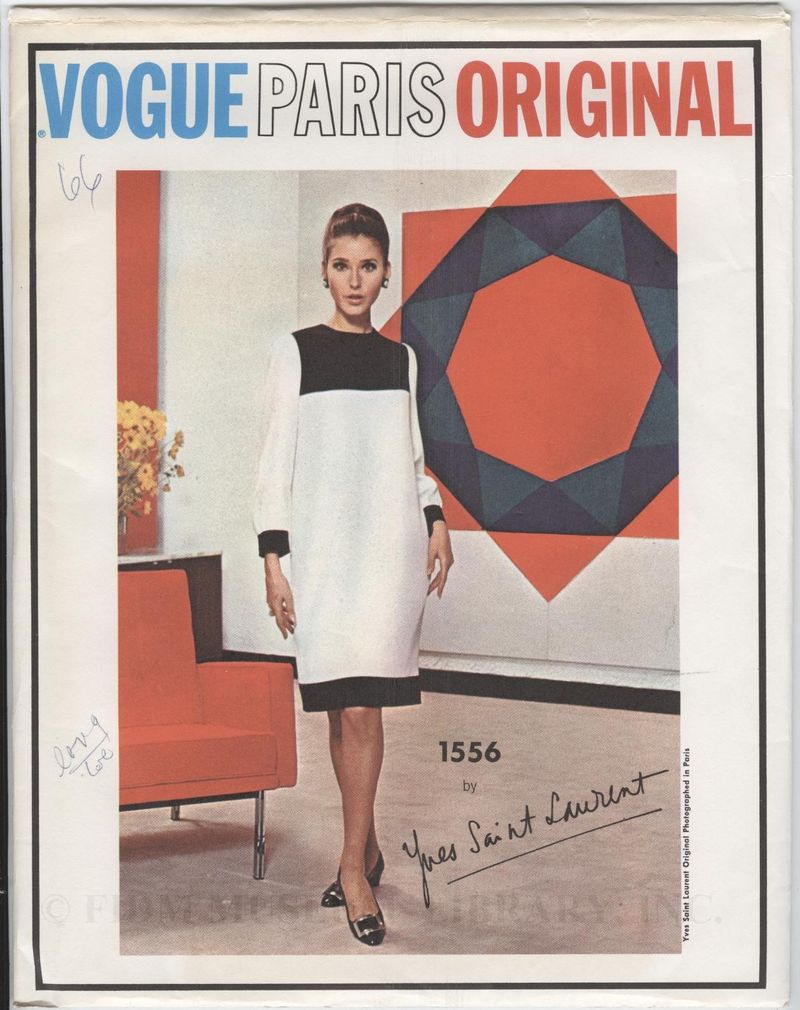 Woman's Yves St. Laurent dress pattern 1965-67 2008.937.8 Gift of Judith A. Gilbert
Woman's Yves St. Laurent dress pattern 1965-67 2008.937.8 Gift of Judith A. Gilbert